GEORGE Brandis says it is “deplorable” deniers are being excluded from the climate change debate and people who say the science is settled are ignorant and medieval.
The attorney general called the leader of the opposition in the Senate, Penny Wong, the “high priestess of political correctness” and said he did not regret his comment that everyone has the right to be a bigot in an interview with the online magazine Spiked.
He said one of the main motivators for his passionate defence of free speech has been the “deplorable” way climate change has been debated and he was “really shocked by the sheer authoritarianism of those who would have excluded from the debate the point of view of people who were climate-change deniers”.
“One side [has] the orthodoxy on its side and delegitimises the views of those who disagree, rather than engaging with them intellectually and showing them why they are wrong,” he said…
“The moment you establish the state as the arbiter of what might be said, you establish the state as the arbiter of what might be thought, and you are right in the territory that George Orwell foreshadowed.”
And I’m quoting from Bridie Jabour writing in the The Guardian!

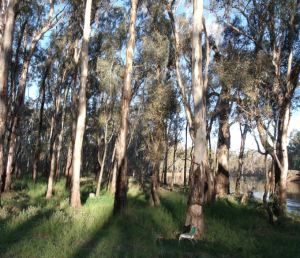
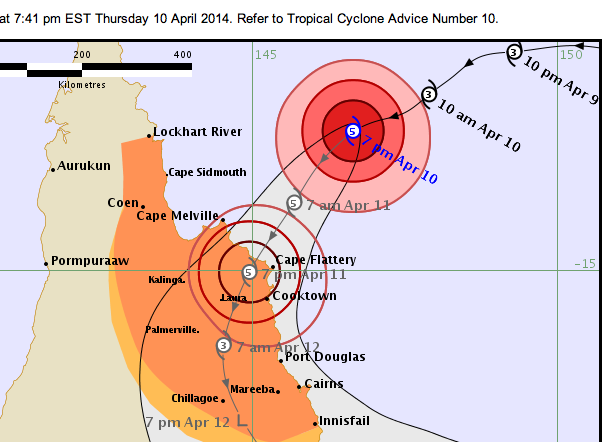
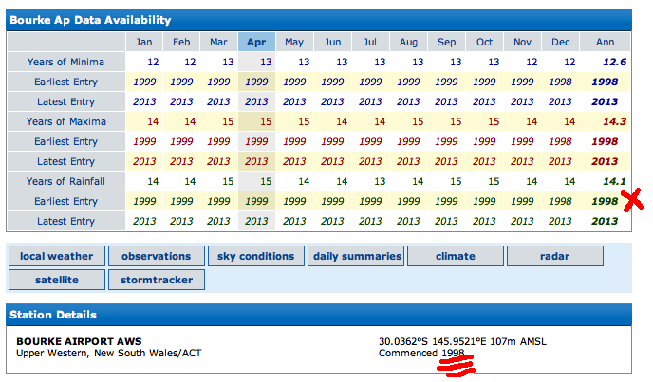
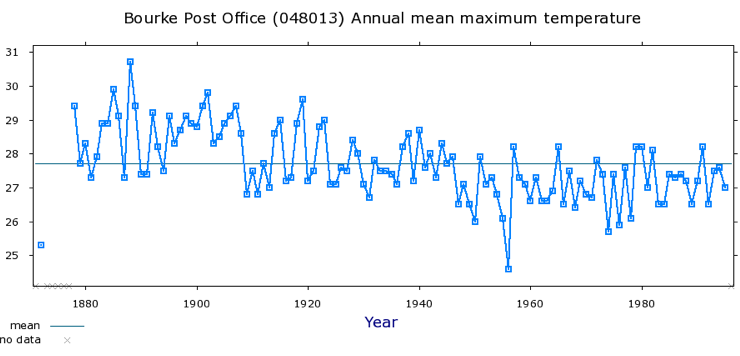


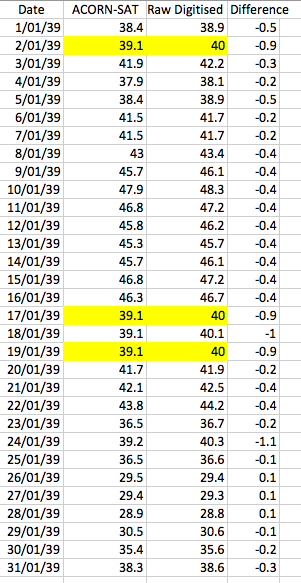
 Jennifer Marohasy BSc PhD has worked in industry and government. She is currently researching a novel technique for long-range weather forecasting funded by the B. Macfie Family Foundation.
Jennifer Marohasy BSc PhD has worked in industry and government. She is currently researching a novel technique for long-range weather forecasting funded by the B. Macfie Family Foundation.